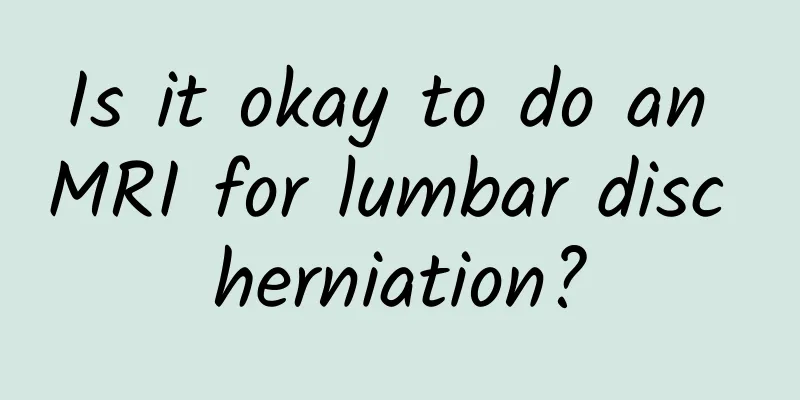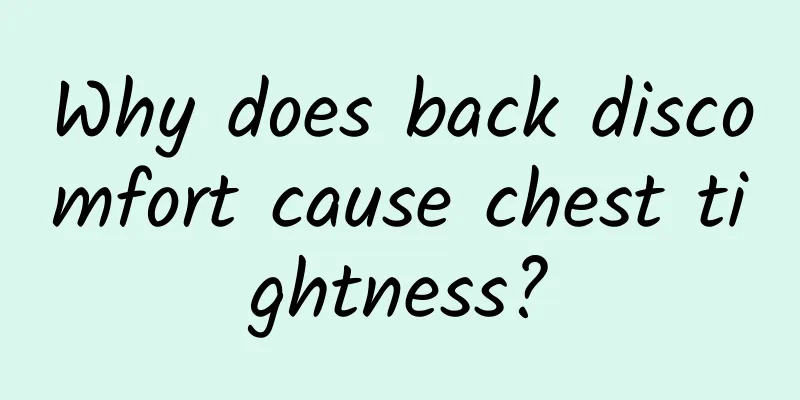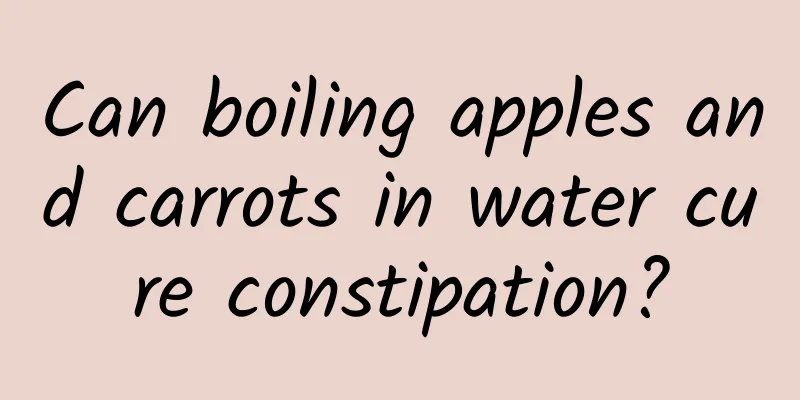Is it okay to do an MRI for lumbar disc herniation?

|
Magnetic resonance imaging is a method of examining lumbar disc herniation. After suffering from lumbar disc herniation, timely treatment is required. The treatment methods are mainly conservative methods, minimally invasive treatment and surgical treatment. Conservative treatment methods are mainly for patients whose condition is not particularly serious. For patients with more serious conditions, minimally invasive treatment can be used. Minimally invasive treatment has low side effects and has a better effect on the patient's condition. 1. Conservative treatment The main purpose of conservative treatment is to accelerate the disappearance of inflammatory edema of the protruding part of the intervertebral disc and the irritated nerve root, thereby reducing or relieving the compression of the nerve root and alleviating or eliminating the pain. 1. Rest in bed: This is the simplest treatment method. Biomechanical studies have shown that lying in a semi-elevated upper body position or lying on the side with the hips and knees flexed can significantly relieve pressure on the intervertebral discs and nerve roots. Resting in bed can keep the affected area still and help inflammation subside. Sleep on a hard bed. If you persist in the treatment, you can expect relief within 3-4 weeks. 2. Traction: Traction increases the intervertebral space, stretches the articular process joints, and tightens the posterior longitudinal ligament, which is beneficial to the reduction of the protruding nucleus pulposus. It can also significantly relieve the pressure on the intervertebral space and nerve roots, thereby alleviating symptoms. 3. Tuina, massage and physical therapy: Tuina, massage and physical therapy can relieve muscle spasms, but if used improperly, they can also aggravate the protrusion and worsen the symptoms. 4. Drug treatment: Non-hormonal anti-inflammatory analgesics can also help relieve pain and eliminate inflammation. Appropriate use of diuretics can also reduce nerve root edema and congestion. 5. Application of epidural hormones: Epidural injection of drugs is a good method for treating lumbar disc-induced low back and leg pain, with a 60-80% good short-term effect and a 30-40% long-term effect. 6. Sacral canal perfusion therapy: A liquid prepared with neurotrophic and anti-inflammatory drugs is dripped from the sacral canal to push the compressed nerve roots away from the protruding intervertebral disc, thereby relieving pain and eliminating inflammation. 60-87% of patients have good short-term effects, and long-term effects can reach 30-50%. 7. Paravertebral nerve block: Inject neurotrophic and anti-inflammatory drugs into the paravertebral nerve foramen to relieve pain caused by nerve compression. Most patients with lumbar disc herniation have their symptoms relieved or disappear after conservative treatment, but about 30-40% of patients still require further treatment. 2. Minimally Invasive Treatment Minimally invasive therapy is a method of dissolving or removing the protruding nucleus pulposus using physical methods such as radiofrequency, ozone and perforaminal endoscopic discectomy under local anesthesia. This will relieve the pressure of the protruding intervertebral disc on the spinal cord and nerve roots and achieve the treatment goal. It has the characteristics of good effect, less trauma, quick recovery, few complications and low cost. |
<<: Is walking good for lumbar disc herniation?
>>: Causes of lumbar disc herniation
Recommend
Why is my body so stiff?
Many patients with myocardial infarction or cereb...
The difference between cat's eye grass and lacquer
Cat's eye grass and lacquer are both plants o...
What are the symptoms of peripheral neuropathy?
The most common symptom of peripheral neuropathy ...
What should you pay attention to when cupping? Have you done all of these?
Many people think that cupping is particularly si...
What causes gum recession?
If you suffer from periodontitis, or if you have ...
Can a brain tumor cause a fever?
When different diseases occur, the body will show...
Is it correct to land on your heel first when walking?
The correct walking posture should be that the up...
Pimples like acne on both sides of arms
If there are acne-like symptoms on both sides of ...
What is the difference between chronic pharyngitis and tonsillitis?
When we were young, adults often told us to brush...
Is there swelling below the neck and above the collarbone?
Generally, swelling above the collarbone below th...
Complications of port wine stains
Port-wine stain is a common type of stain in dail...
Supraperitoneal cyst after acute gastroenteritis
Cysts grow on the peritoneum after acute gastroen...
What to do if bitten by a dog
Dogs are relatively human-like animals and they a...
What is the incidence of rabies?
People are generally very susceptible to rabies b...
Mosquito bite scars on legs
When summer comes, the weather is hot and people ...









